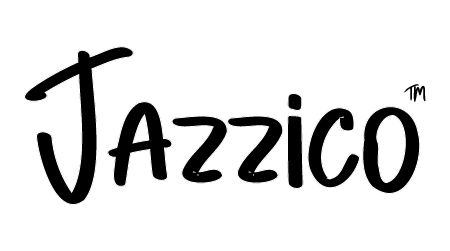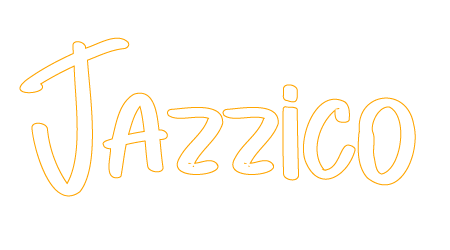Remember those captivating visual displays you'd see in museums, theaters, or even street corners? Those static scenes that can tell an entire story without uttering a single word? That's tableau for you—a timeless art form that's been around for ages, and yet, it's found a fresh breath of life in our modern era.
What is Tableau?
A tableau, in essence, is a still scene involving one or more figures, often dramatically representing a scene from a story, historical event, or even abstract concepts. Think of it as a photograph brought to life, where performers "freeze" in a moment, offering viewers a chance to immerse themselves and interpret the story in their way.
Historical Roots of Tableau
Origins in Theatre and Performance
Going back in time, tableau vivant or "living picture" had its roots in medieval and Renaissance festivities. These performances were usually organized by courts and took the form of costumed figures, silent and motionless, representing various scenes.
Evolution Over the Centuries
As the centuries passed, tableau performances became popular in theaters and even private gatherings. The Victorian era saw its peak, with tableau vivants becoming a favored form of entertainment in social circles.
Tableau in the Digital Era
Advancements in Technology
The digital age, with its tech tools and platforms, has given artists newer avenues to explore tableau. Virtual reality, augmented reality, and digital installations allow artists to create multi-dimensional tableau experiences, merging the old with the new.
Impact of Social Media
Platforms like Instagram and TikTok have propelled the tableau form to new heights. Artists can now share their creations worldwide, garnering appreciation and critique from a global audience.
The Creative Process Behind Modern Tableau
Inspirational Sources
Just as in yesteryears, modern tableau draws inspiration from myriad sources. From global events to personal narratives, the muse can be anything that sparks the artist's imagination.
Techniques and Methods
Today, artists can play with lights, digital effects, and even sound to enhance the tableau experience. The essence, however, remains the same—capturing a poignant moment in time.
Significance and Value in Today's World
Cultural Impact
Tableau in the 21st century is more than entertainment. It serves as a powerful medium to comment on societal norms, politics, and even environmental issues.
Educational Potential
Many educators are turning to tableau as a teaching tool. Visual representations often make complex ideas easier to grasp, making tableau an effective method for instruction.
Challenges and Criticisms
Modern-day Concerns
While technology has amplified tableau's reach, it's also posed challenges. The ephemeral nature of digital content and the constant thirst for novelty can overshadow the depth and purpose of tableau art.
Overcoming Barriers
Nevertheless, artists and aficionados alike are constantly brainstorming to preserve the essence of tableau while embracing the new. Workshops, exhibitions, and even online forums play a role in this.
Future Prospects of Tableau Art
Technological Forecasts
With the continuous evolution of technology, it's anticipated that tableau will further blend with tech, offering more immersive experiences.
Societal Implications
As the world becomes increasingly visual, tableau's role in storytelling, education, and cultural preservation will likely become more profound.
Conclusion
Tableau, a timeless art form, has beautifully transitioned into the modern age, adapting and evolving. With its rich history and promising future, tableau remains a testament to humanity's enduring love for storytelling and visual expression.
FAQs
-
What is the primary purpose of tableau art?
- Tableau art aims to convey a story or idea through a static visual representation, allowing viewers to interpret and engage with the scene.
-
How has technology impacted tableau performances?
- Technology, especially digital tools and platforms, has revolutionized tableau, offering artists more creative freedom and avenues to showcase their work.
-
Are tableau performances always silent?
- Traditionally, tableau vivants are silent. However, modern renditions can incorporate sound or music to enhance the experience.
-
How long do tableau performances typically last?
- It varies. Some can be brief, lasting a few minutes, while others can be more extended installations where viewers can engage at their own pace.
-
How can one get started with tableau art?
- Begin by understanding its history, exploring works of established tableau artists, and experimenting with creating your scenes. Workshops and online tutorials can also be beneficial.





Leave a comment
All comments are moderated before being published.
This site is protected by hCaptcha and the hCaptcha Privacy Policy and Terms of Service apply.